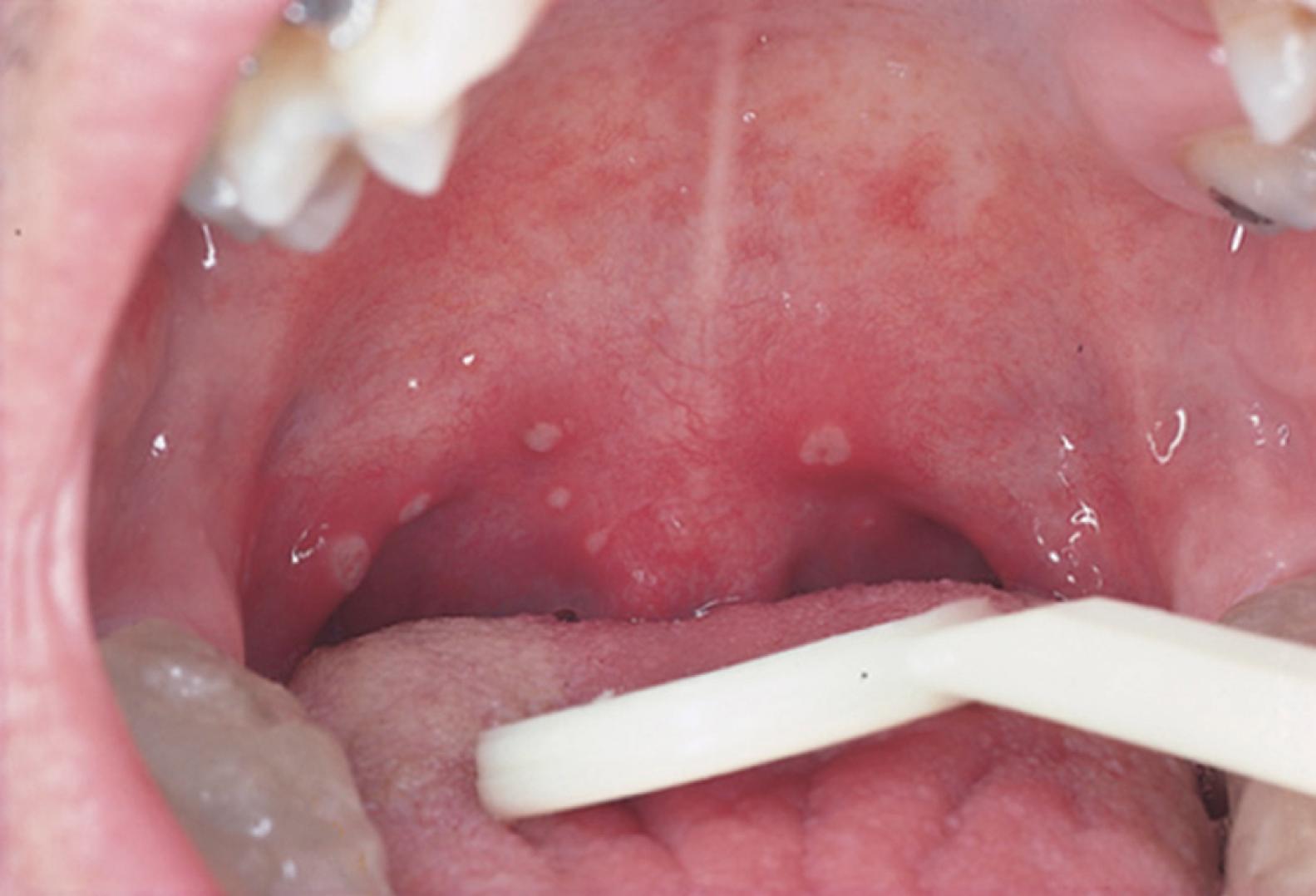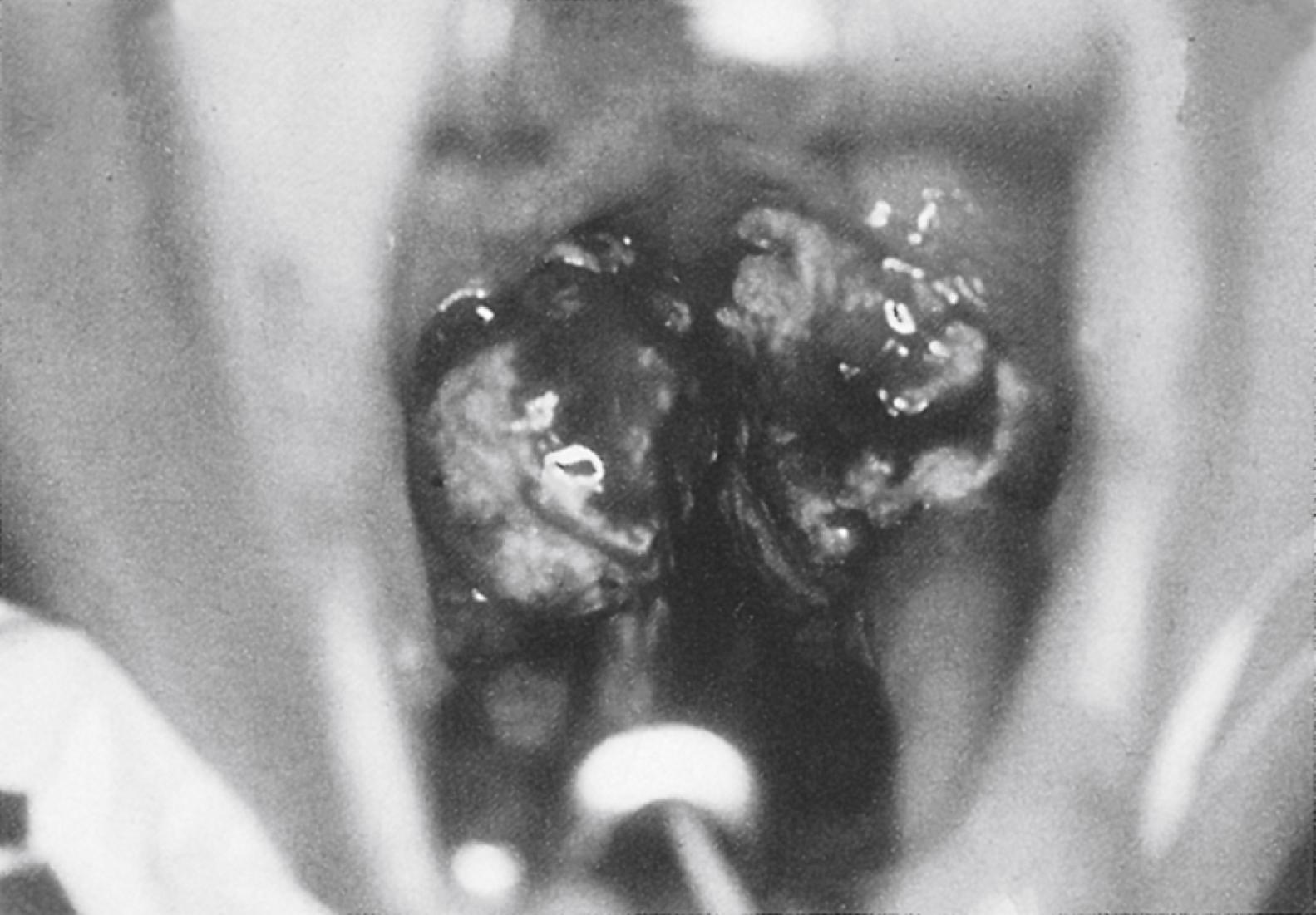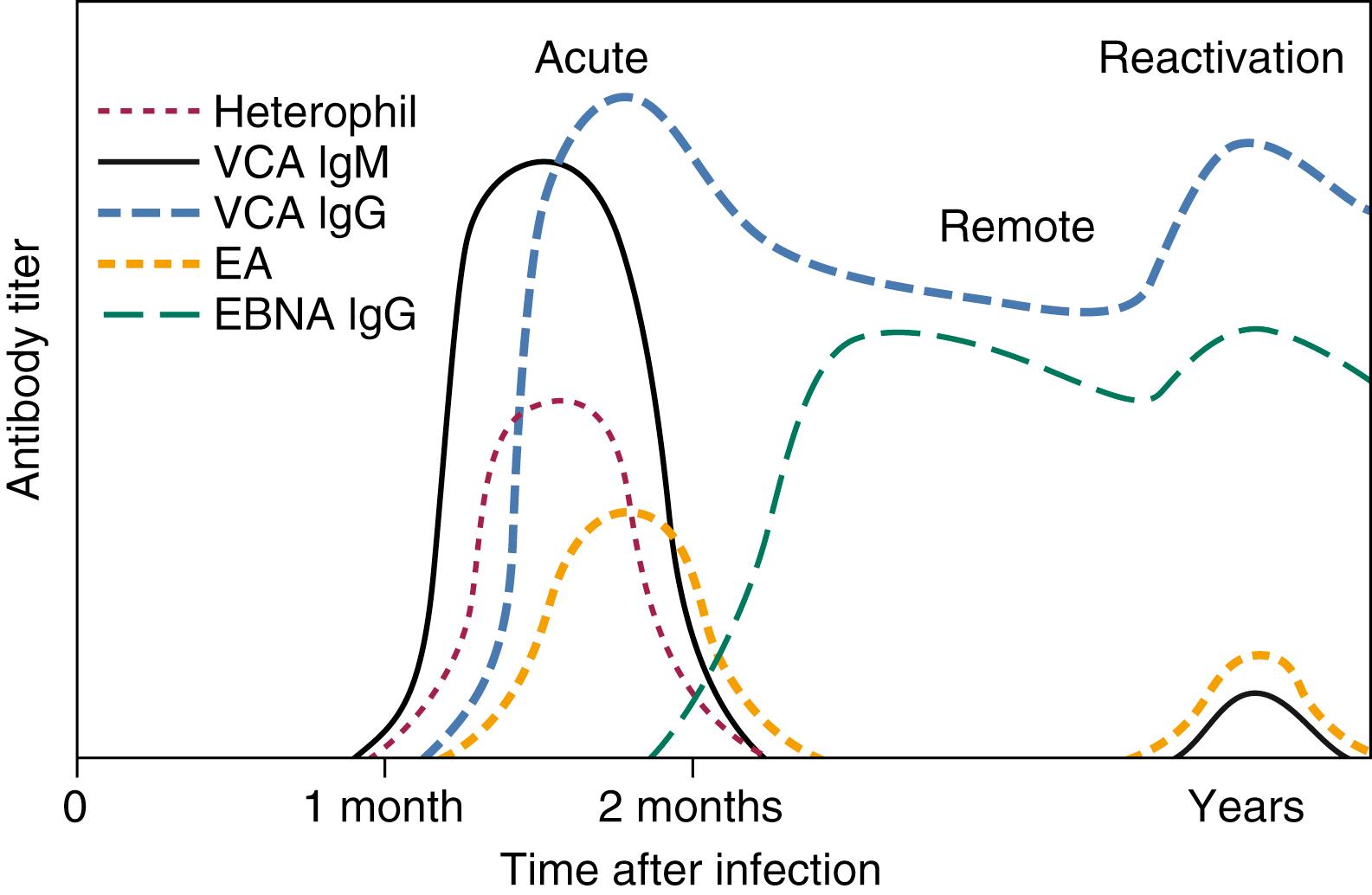Physical Address
304 North Cardinal St.
Dorchester Center, MA 02124
The diagnosis of pharyngitis requires excellent history and physical documentation and appropriate culture and laboratory testing.
The majority of sore throats in children are caused by viral pharyngitis, which will not improve with antibiotics or tonsillectomy.
Corynebacterium diphtheriae causes an early exudative pharyngotonsillitis with a thick pharyngeal membrane and produces a lethal exotoxin that can damage cells in distant organs. Mortality rates are high, particularly in young children; therefore prompt treatment should be initiated with antitoxin and antibiotics.
The diagnosis of pediatric airway infections requires astute clinical acumen to perceive the risk of airway obstruction and the possible need for rapid intervention.
Viral croup is the most common obstructive airway infection in children.
Supraglottitis and bacterial tracheitis are rare clinical entities, but recognition of signs and symptoms is crucial for the prevention of morbidity and mortality.
Children may experience a variety of infections that involve the upper aerodigestive tract and surrounding structures that range from the benign, common upper respiratory infection (URI) to life-threatening supraglottitis. The astute clinician can often narrow the diagnostic possibilities by an accurate clinical history and targeted physical examination. Radiologic imaging, cultures, laboratory studies, and airway endoscopy may also be required for accurate diagnosis. A variety of airway infections may present in a similar manner. For example, it may be difficult to differentiate between viral and bacterial pharyngitis and infectious mononucleosis, or between epiglottitis, croup, and bacterial tracheitis. Therefore a thorough understanding of both common and rare diseases is necessary for accurate diagnosis and treatment and for the prevention of morbidity and mortality.
The most frequent cause of viral pharyngitis in children is the “common cold,” or URI. A multitude of viral pathogens may cause pharyngitis, including rhinovirus, influenza virus, parainfluenza virus, adenovirus, coxsackievirus, echovirus, Epstein-Barr virus (EBV), reovirus, and respiratory syncytial virus (RSV). Rarely, human cytomegalovirus (CMV), measles, and rubella may cause systemic viral disease. URI-associated pharyngitis is usually mild and preceded by other symptoms, such as rhinorrhea and congestion, followed by mild to moderate sore throat, dysphagia, hoarseness, and low-grade fever; severe throat pain is atypical. Examination will reveal oropharyngeal erythema and/or tonsillar hypertrophy without exudate ( Table 22.1 ). Patients with pharyngitis caused by adenovirus may have higher fevers and conjunctivitis.
| Population | Viral Pharyngitis | Infectious Mononucleosis | Group A Streptococcal Pharyngitis | Diphtheria |
|---|---|---|---|---|
| Any | Older Children | Peak 5–6 Years Old | Unimmunized | |
| Onset | Slow | Variable | Rapid | Rapid |
| Associated symptoms | Rhinorrhea, congestion, hoarseness, oral ulcers | General malaise, headache | Headache, otalgia, nausea, abdominal pain | None |
| Fever | None or low-grade | High | High | High |
| Sore throat severity | Mild to moderate | Moderate to severe | Severe | Severe |
| Dysphagia | Possible | Yes | Yes | Yes |
| Odynophagia | None | Yes | Yes | Yes |
| Toxic appearance | No | Sometimes airway obstruction | No | Yes, severe upper airway obstruction |
| PE findings | Pharyngeal erythema; no exudate; ± tonsil hypertrophy | Palatal petechiae ± tonsil hypertrophy ± exudate; large tender cervical lymphadenopathy; splenomegaly; hepatomegaly | Palatal petechiae, pharyngeal erythema, tonsil hypertrophy ± exudate; large tender cervical lymphadenopathy; scalariform rash; strawberry tongue | Thick exudate, pharyngeal membrane |
| Diagnostic testing | None | Heterophile or EBV titers | Rapid strep or strep culture | Culture on tellurite media |
| Treatment | Supportive | Supportive, ibuprofen, steroids, rare airway obstruction | Penicillin or amoxicillin | Antitoxin, penicillin G, amoxicillin |
Herpangina is caused by coxsackievirus, characterized by small vesicles with erythematous bases that become ulcers and spread over the anterior tonsillar pillars, palate, and posterior pharynx, sometimes with associated cutaneous rash ( Fig. 22.1 ). Hand-foot-and-mouth disease is most commonly caused by coxsackievirus A16 and enterovirus 71 ; it is associated with high fever and malaise, followed by vesicular eruptions in the mouth that cause oral and throat pain and a maculopapular rash or vesicles on the palms of the hands, soles of the feet, and buttocks. Children with hand-foot-and-mouth disease are highly contagious and should be kept away from other children until they are no longer symptomatic. Herpes simplex virus (HSV) commonly causes the well-known “cold sore.” HSV can also cause exudative or nonexudative pharyngitis, mainly in older children and young adults.

Pharyngitis associated with EBV, also known as infectious mononucleosis, is typically transmitted by oral contact. EBV is especially common in adolescents; younger children tend to be asymptomatic and to have chiefly abdominal complaints. The mononucleosis syndrome consists of fever, general malaise, headache, pharyngitis, dysphagia, and odynophagia. Examination findings may include normal-sized or hypertrophic tonsils, palatal petechiae, and large tender cervical lymph nodes (see Table 22.1 ). Tonsils may have a green or gray exudate, which is indistinguishable from streptococcal pharyngitis ( Fig. 22.2 ). Rash is rare unless patients have been treated with amoxicillin or ampicillin. Most patients have splenomegaly, and some have hepatomegaly. Atypical presentations of mononucleosis have been attributed to acute infection with human CMV. Table 22.2 describes the laboratory diagnosis of EBV.

|
Management of EBV mononucleosis is based on symptoms. Recovery may take weeks, and pain control, primarily with nonsteroidal antiinflammatory drugs (NSAIDs), is important. Antibiotics are not indicated unless treatment for concomitant bacterial infection is required. The β-lactam antibiotics, particularly amoxicillin and ampicillin, are relatively contraindicated because of the risk of precipitating a rash in up to some 30% of patients. EBV-associated rash is classically a morbilliform rash, mainly involving the trunk and sparing the extremities, that resolves within 1 to 6 days. In rare cases, infectious mononucleosis may also cause acute upper airway obstruction, which is potentially fatal because of edema or pseudomembrane formation at multiple levels. , The majority of patients with mononucleosis-associated mild upper airway obstructive symptoms or tonsillopharyngitis may be treated with oral or parenteral corticosteroids alone. , If the obstruction is severe, a nasopharyngeal airway may be helpful; rarely, tonsillectomy, intubation, or tracheotomy may be necessary. Other sequelae can occur that include splenic rupture and hematologic, ophthalmologic, dermatologic, cardiac, and central nervous system manifestations ( Fig. 22.3 ).

Become a Clinical Tree membership for Full access and enjoy Unlimited articles
If you are a member. Log in here